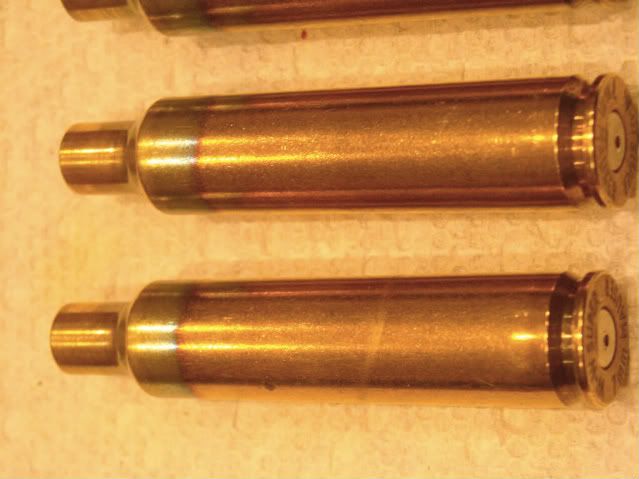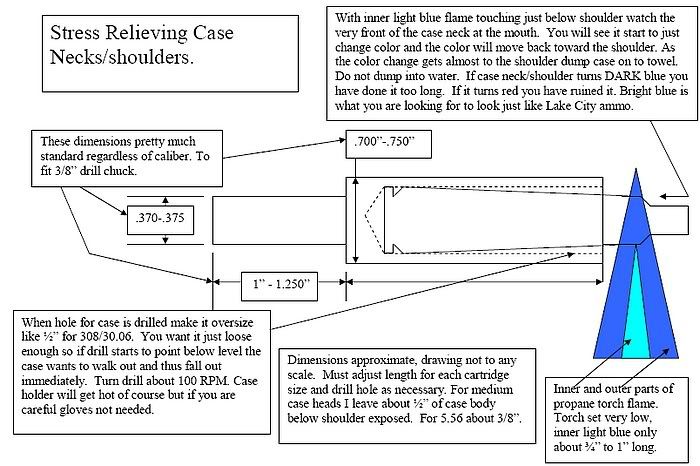Re: Annealing
I like the idea of the automated annealers. They are expensive, but probably pay for themselves in the increased number of firings per case as well as all the time put into initial case prep (though I know a lot of folks do zero work, so maybe not as big of a deal to them).
Ken Light's unit has been around a while:
http://kenlightmfg.com/products.html (bootom of page)
There is also a new one on the market:
http://www.bench-source.com/id81.html
The Brass-O-Matic is no longer around, but that looked to be a great unit.
I like the automated approach because it guarantees consistency and after you have ruined a couple of cases trying to get the first couple right, you don't have to worry about under-annealing or over-annealing again. You can run about 500 cases an hour on one of these units, which is another big advantage.
For people doing zero case prep, this pays for itself after 8,000 rounds, give or take... that is a lot.
For people who are measuring neck thickness, culling, turning necks, etc., the extended case life from annealing can save time with an automated machine. The other advantage is that neck tension will be more consistent from firing to firing as the stress relieved brass will all have the same or similar "springiness." If you think about it, we measure neck tension in terms of unloaded versus loaded neck diameter, but when we do this, we are assuming the same metallurgical properties for each case. .003" for a work hardened piece of brass is not the same as .003" for a fresh piece of brass.
Might annealing make an accuracy difference... it seems like it could, but who knows?






